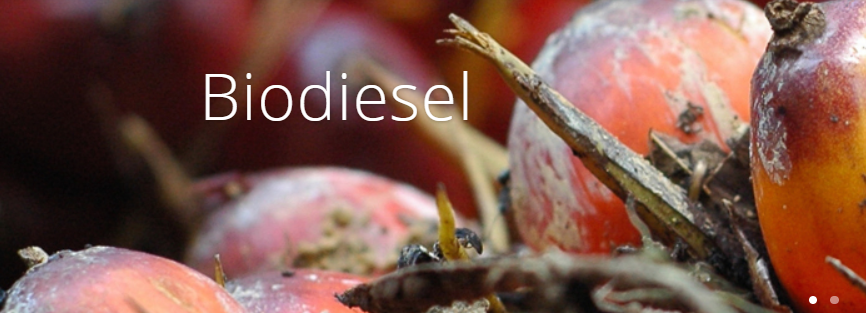An alternative way to use biocatalysts in biodiesel.
Producing biodiesel from triglycerides by the transesterification with methanol using sodium methoxide as the catalyst is a well-known route to a first generation biofuel consisting of fatty acid methyl esters (FAME). Although there are developments to use enzymes in this reaction, we mainly see a position for carrier immobilized enzymes in the pretreatment of the fats and oils used, for example when the acidity is too high to use methoxide as catalyst.
The main problem with the base-catalyzed biodiesel production method is that low fatty acid, low water and low epoxide containing feedstocks are needed to be compatible with the methoxide catalyst. This either means high quality expensive feedstocks, such as RDB palm oil, or a pretreatment of waste oils such as UCO to reduce fatty acid content and to remove other pollutants that can interfere with the catalyst.
The advantage of enzymes in this field is that these biocatalysts can catalyse both the esterification of fatty acids as well as the transesterification of triglycerides with methanol. Non-immobilized lipases can be used to carry out the simultaneous esterification and transesterification reactions of oils with high FFA content. The free enzyme is recycled by isolating it with membrane technology or by recycling the lipase rich emulsion interface between the crude FAME and water/methanol/glycerol layer. This is expensive, time consuming and does not lead to full catalyst recovery. Using a ferromagnetic CLEA (mCLEA) of these enzymes could have a unique proposition as the small size and porous character of the mCLEAs leads to faster mass transfer in these 2-phase reactions compared to carrier immobilised enzymes. The high ferromagnetic strength of the mCLEA will result in a high catalyst recovery and therefore cost savings!

